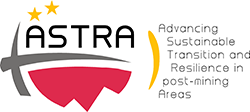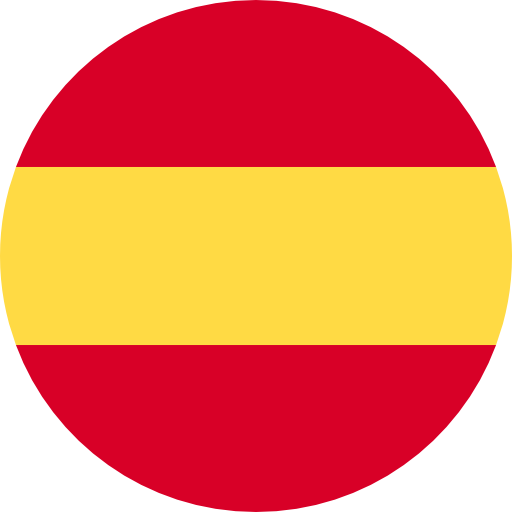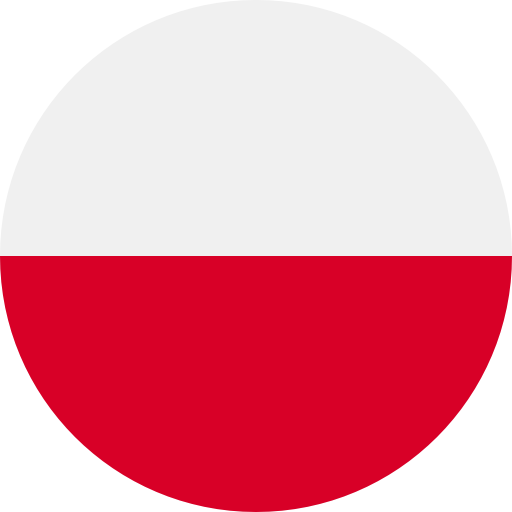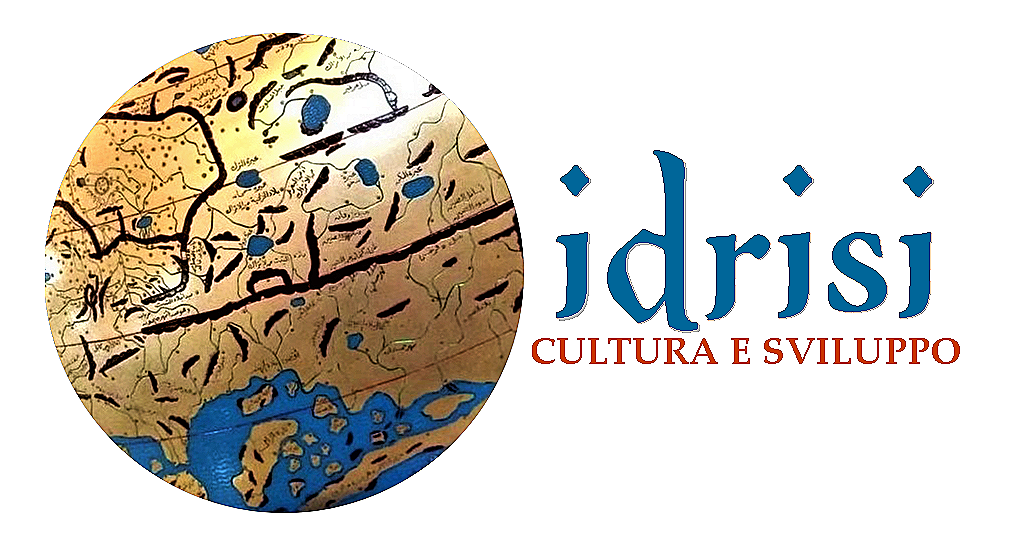Museology, Cultural Heritage and Best Practices: The Ecomuseum of Mines and Val Germanasca
Description
The Ecomuseum of Mines and Val Germanasca is located in the municipality of Prali, about 70km away from Turin (Piedmont, Italy). It was selected not only because it is a museological excellence of Northern Italy, but above all because it is an example of the revitalization and use of post-industrial cultural heritage for both tourist and outdoor recreational purposes, targeting users made up, annually, by numerous visitors and both young and adult learners. The area was originally a talc mine, consisting of two primary deposits: the "Paola" mine and the "Gianna" mine, for a total of about 4km of tunnels, which can now be fully visited. The mines are an opportunity to rediscover old Italian identities, cultures and landscapes: for example, that of the peasant-miner of the Alpine area, of the production of the "white of the Alps", that is a rather sought-after type of talc.
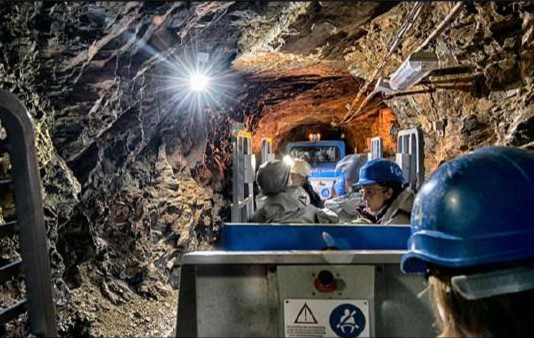
The mines are also interesting from a geological and geomorphological point of view, allowing today to discover - through appropriate guided and educational tours - just how the Alpine chain was formed. This allowed the Ecomuseum to establish two itineraries for visits and discoveries: Scopriminiere and Scoprialpi - an approach that could easily be replicated elsewhere, given the frequent coincidence between post-mining sites and landscapes of great naturalistic and / or cultural value (as for example in the case of Lercara Friddi and its not yet taken off Archaeological and Post-Industrial Park).
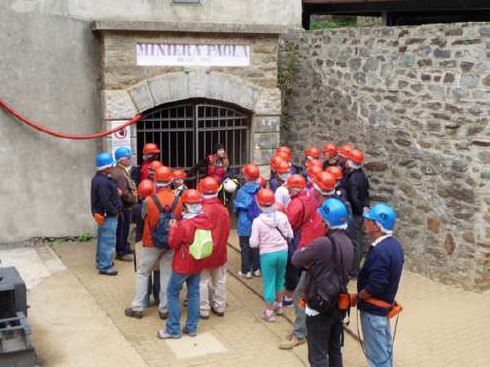
The Ecomuseum, born over the years thanks to numerous public and private investments and with a great commitment by the Piedmontese regional authorities, is today also a Museum, Historical Archive: it houses a rich collection of ethno-anthropological value, also offering itself as venue for numerous artistic, creative and temporary exhibition initiatives.
The Ecomuseum has, over time, set up a Didactic Department specifically to strengthen the relationship between the cultural-landscape institution and the world of education, in a transversal way: in fact, not only secondary school realities are involved, but also childhood, senior age group, the universities. This means having given life to a real, meticulous planning, able to enhance the mining heritage of Val Germanasca by looking at the specificities of the different educational targets, with a focus on the non-formal practices, on the potential of experiential and outdoor education.
What is different in Val Germanasca?
Neither an intrinsic value nor a greater aesthetic potential, if compared to different Italian post-mining sites. Rather, a dense network of projects: the intention of the Ecomuseum is in fact to offer first of all educational and knowledge opportunities, building calendars of events ranging from nature walks to discovery itineraries of the entire valley: San Martino, Maniglia, Chiarabrano: the mine therefore functions not in itself, as a celebration of a distant past and archive, but as an engine for numerous other initiatives, all of which are interested in enhancing the territory and the local community.
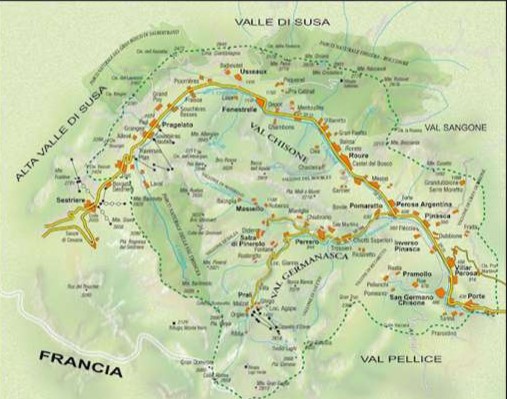
Bibliography
https://www.ecomuseominiere.it
